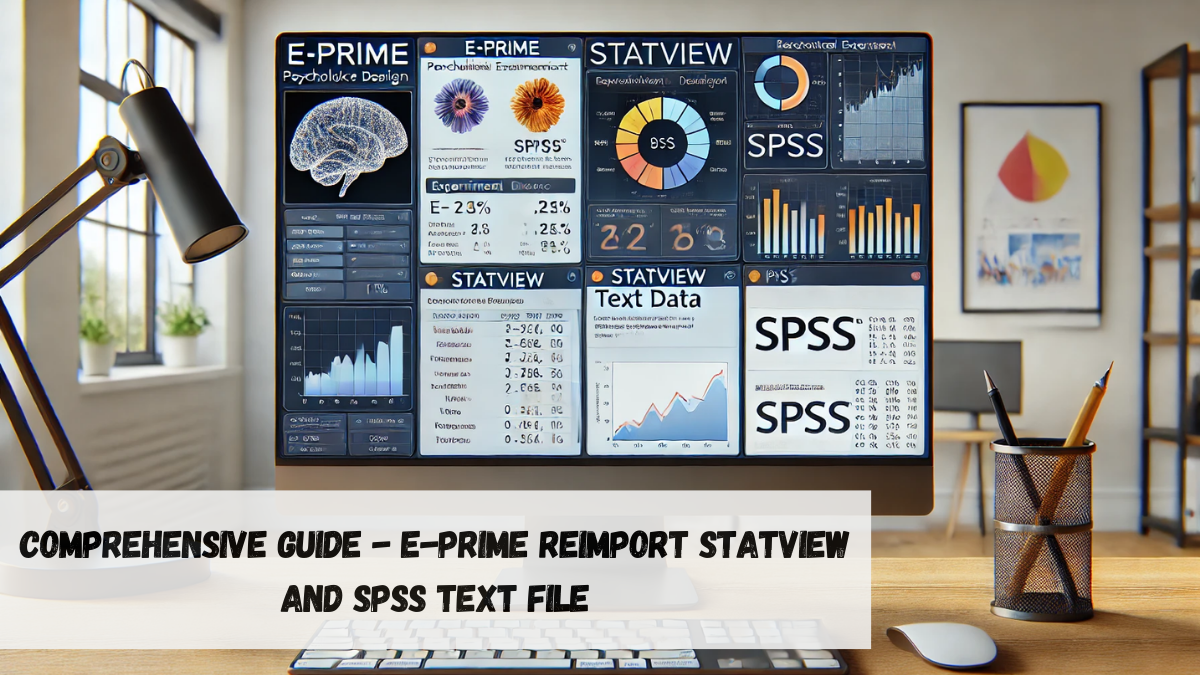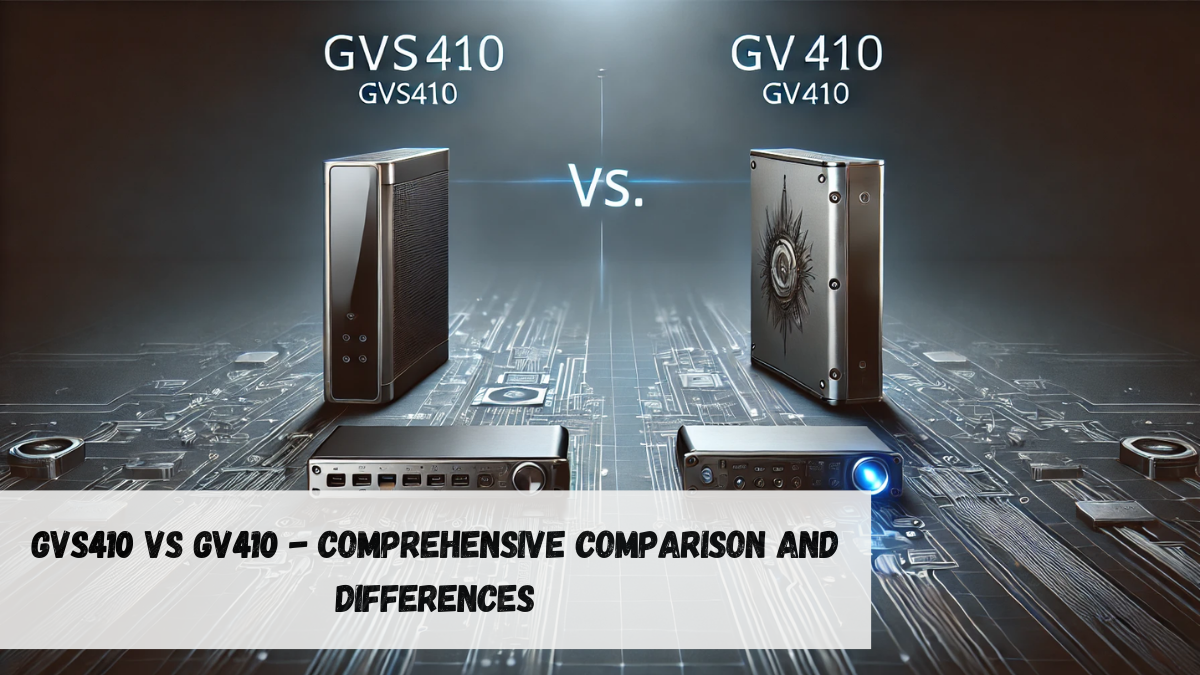Introduction
In the world of programming, especially when dealing with visual applications, making graphics run efficiently is often a complex challenge. Whether you’re an aspiring developer or an experienced programmer, managing graphical elements in a way that’s both straightforward and powerful can be a daunting task. This is where mkaul/include/graphics.hpp comes into play. It’s a C++ header file designed to simplify the entire graphics process while retaining a high degree of versatility.
“mkaul/include/graphics.hpp is a C++ header file that streamlines graphics programming, making it accessible for developers. Learn how it enhances efficiency and boosts creative visual projects.”
This article is intended to give you a comprehensive understanding of mkaul/include/graphics.hpp, its features, use cases, and practical advantages. We’ll dive deep into how it can make your programming life easier and more efficient, using human-friendly language that even beginners can easily grasp.
What is mkaul/include/graphics.hpp?
At its core, mkaul/include/graphics.hpp is a C++ header file designed to simplify the process of handling graphics. Graphics handling is usually tedious due to complex APIs and extensive configurations. mkaul/include/graphics.hpp offers an approachable way for developers to engage with graphical programming by abstracting difficult aspects of graphics management.
From creating basic shapes to handling more advanced animations, this header file is a toolkit that puts the power of graphics right at your fingertips without requiring the deep dive into convoluted graphics libraries that’s typical of such projects.
Features of mkaul/include/graphics.hpp
- User-Friendly API
The mkaul/include/graphics.hpp header provides a simple API that allows developers to create, manipulate, and display graphics with minimal code. - Cross-Platform Compatibility
The header is compatible across multiple platforms, meaning that it can run on different operating systems, ensuring a seamless experience for developers regardless of their preferred system. - Versatile Graphics Handling
Whether you need basic 2D shapes or more complex visual elements, mkaul/include/graphics.hpp has you covered. Its versatility makes it a suitable choice for various graphical applications. - Efficient Performance
Graphics programs can be resource-intensive. This header aims to balance performance with usability, allowing for graphics-rich applications without compromising speed.
Getting Started with mkaul/include/graphics.hpp
To start using mkaul/include/graphics.hpp, the first step is to ensure that you have the necessary dependencies and that the header is properly included in your C++ project. Below, we walk through the basics of how you can get started.
Step-by-Step Setup
- Install C++ Compiler
To run mkaul/include/graphics.hpp, you’ll need a working C++ compiler like GCC or Clang. You can easily install these using package managers or by downloading them from their official websites. - Include the Header File
Add the following line to your code:
#include "mkaul/include/graphics.hpp"This line includes all the graphics functionalities that come with the graphics.hpp file, making it ready for use in your code.
- Set Up a Basic Window
A key feature of this header is creating a graphics window where all visual elements are rendered.
GraphicsWindow window(800, 600, "My First Graphics");This simple code snippet creates a graphics window of size 800×600 pixels with the title “My First Graphics”.
Drawing Shapes with mkaul/include/graphics.hpp
One of the most essential features of mkaul/include/graphics.hpp is its ability to draw different types of shapes with very little code. Let’s look at a few examples.
Example 1: Drawing a Circle
Circle myCircle(100, 100, 50); // x, y, radius
myCircle.setColor("red");
window.draw(myCircle);In this example, we’re creating a red circle with a radius of 50 at coordinates (100, 100). The draw() function makes it easy to render the shape onto the window.
Example 2: Drawing a Rectangle
Rectangle myRectangle(200, 150, 100, 50); // x, y, width, height
myRectangle.setColor("blue");
window.draw(myRectangle);Here, we create a blue rectangle with a specified width and height. The syntax is simple and doesn’t require a deep understanding of graphic pipelines, which saves time and effort.
Understanding the Internals
mkaul/include/graphics.hpp isn’t just about convenience; it also gives a level of control that advanced users can appreciate. The header abstracts a lot of the lower-level details, but it also allows more experienced developers to interact with the graphical content in sophisticated ways.
How Does it Work?
- Object-Oriented Approach
The header leverages object-oriented programming, which makes creating and manipulating graphics feel more intuitive. Everything is an object—from windows to shapes—which means you can interact with graphics elements directly and with minimal setup. - Built-in Rendering Loop
The built-in rendering loop provided by mkaul/include/graphics.hpp ensures that all graphics operations are handled smoothly without requiring you to manually manage frames and redraws.
while (window.isOpen()) {
window.update(); // This line redraws all elements
}This simple loop is all that’s needed to keep the window open and responsive.
Applications of mkaul/include/graphics.hpp
The versatility of mkaul/include/graphics.hpp makes it applicable to a wide range of projects. Below are some use cases where this header can be highly effective:
1. Educational Projects
For educators teaching C++ programming, mkaul/include/graphics.hpp is an excellent resource for introducing graphics. Students can quickly see the results of their code, making learning more engaging and interactive.
2. Game Development
Indie game developers who want a simple way to manage 2D graphics will find mkaul/include/graphics.hpp extremely useful. It offers a manageable path to creating games without diving into complex game engines.
3. Data Visualization
Developers looking to visualize data sets can use mkaul/include/graphics.hpp to create intuitive graphical representations. Its straightforward approach to creating shapes and animations makes it perfect for this purpose.
Benefits of Using mkaul/include/graphics.hpp
- Ease of Use
The key benefit is its ease of use. Unlike traditional graphics libraries, which require significant amounts of setup, mkaul/include/graphics.hpp can be integrated with minimal hassle. - Enhanced Learning Curve
Developers new to graphics programming can quickly grasp the basics, making it ideal for students or professionals looking to add visual elements to their projects. - Code Efficiency
Using the header significantly reduces the amount of code required for graphics programming. The abstraction provided helps developers focus more on the creative aspects instead of low-level management.
Common Challenges and Solutions
While mkaul/include/graphics.hpp aims to simplify graphics programming, there are still some challenges that users might face:
Challenge 1: Compatibility Issues
Some users may face issues when trying to use mkaul/include/graphics.hpp on different systems due to compiler differences.
Solution:
Ensure that you’re using a compatible compiler and that all dependencies are installed. Updating your system’s graphics drivers can also help prevent compatibility problems.
Challenge 2: Performance Concerns
Graphics applications can sometimes be performance-heavy, especially with multiple elements on the screen.
Solution:
The header file already optimizes rendering, but you can further improve performance by managing the number of draw calls and limiting complex calculations within the rendering loop.
Frequently Asked Questions
1. What is the main purpose of mkaul/include/graphics.hpp?
The main purpose is to provide a simplified approach to handling graphics in C++, making it accessible for beginners and efficient for experienced developers.
2. Is mkaul/include/graphics.hpp suitable for game development?
Yes, it’s suitable for 2D game development, especially for indie projects or prototyping, thanks to its user-friendly API and versatility.
3. Do I need special hardware to use mkaul/include/graphics.hpp?
No, it works on most modern systems with standard graphics hardware. Ensure that your system drivers are up to date for optimal performance.
4. Can I use mkaul/include/graphics.hpp for 3D graphics?
mkaul/include/graphics.hpp is primarily focused on 2D graphics, making it less ideal for full-scale 3D applications.
Conclusion
mkaul/include/graphics.hpp offers a streamlined, user-friendly approach to graphics programming in C++. It makes creating visual applications not only simpler but also more engaging, allowing developers of all levels to dive into graphics without the usual obstacles. Whether you’re a beginner looking to learn or an experienced programmer seeking an efficient graphics solution, this header file has much to offer.
By providing a comprehensive, hands-on experience, mkaul/include/graphics.hpp empowers developers to take control of their graphics projects easily. Its blend of simplicity, performance, and cross-platform compatibility makes it a top choice for anyone looking to incorporate graphics into their applications.
If you’re ready to dive into graphics with mkaul/include/graphics.hpp, start experimenting today—you’ll find that creating beautiful graphics is much closer to your reach than you think.




